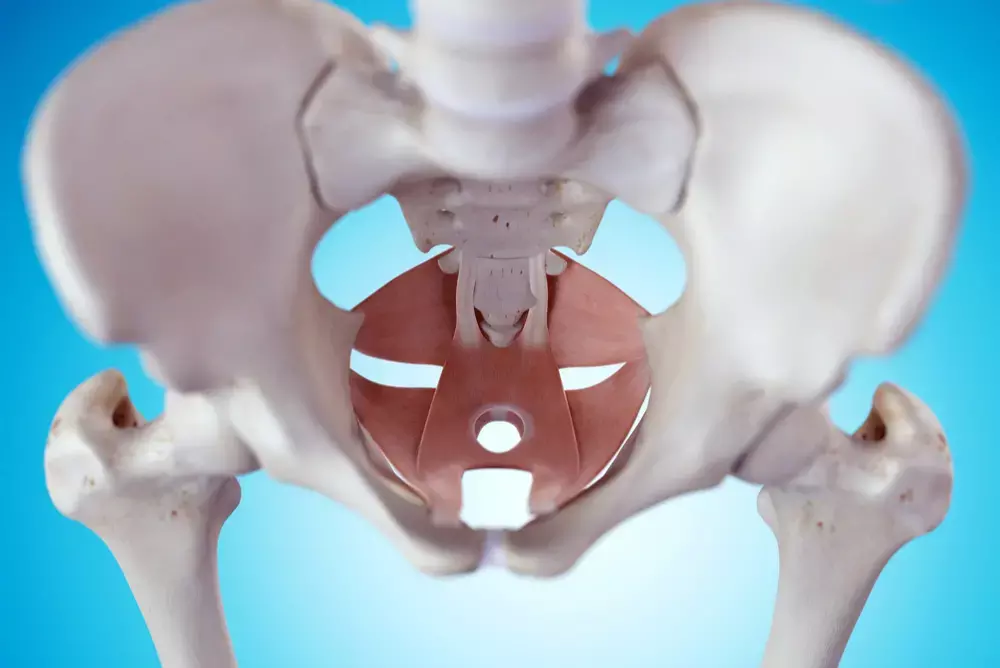- Home
- Medical news & Guidelines
- Anesthesiology
- Cardiology and CTVS
- Critical Care
- Dentistry
- Dermatology
- Diabetes and Endocrinology
- ENT
- Gastroenterology
- Medicine
- Nephrology
- Neurology
- Obstretics-Gynaecology
- Oncology
- Ophthalmology
- Orthopaedics
- Pediatrics-Neonatology
- Psychiatry
- Pulmonology
- Radiology
- Surgery
- Urology
- Laboratory Medicine
- Diet
- Nursing
- Paramedical
- Physiotherapy
- Health news
- Fact Check
- Bone Health Fact Check
- Brain Health Fact Check
- Cancer Related Fact Check
- Child Care Fact Check
- Dental and oral health fact check
- Diabetes and metabolic health fact check
- Diet and Nutrition Fact Check
- Eye and ENT Care Fact Check
- Fitness fact check
- Gut health fact check
- Heart health fact check
- Kidney health fact check
- Medical education fact check
- Men's health fact check
- Respiratory fact check
- Skin and hair care fact check
- Vaccine and Immunization fact check
- Women's health fact check
- AYUSH
- State News
- Andaman and Nicobar Islands
- Andhra Pradesh
- Arunachal Pradesh
- Assam
- Bihar
- Chandigarh
- Chattisgarh
- Dadra and Nagar Haveli
- Daman and Diu
- Delhi
- Goa
- Gujarat
- Haryana
- Himachal Pradesh
- Jammu & Kashmir
- Jharkhand
- Karnataka
- Kerala
- Ladakh
- Lakshadweep
- Madhya Pradesh
- Maharashtra
- Manipur
- Meghalaya
- Mizoram
- Nagaland
- Odisha
- Puducherry
- Punjab
- Rajasthan
- Sikkim
- Tamil Nadu
- Telangana
- Tripura
- Uttar Pradesh
- Uttrakhand
- West Bengal
- Medical Education
- Industry
Newly designed 3D-printed lattice hemipelvis prosthesis improves osteointegration and favorable limb function: study

Lattice structure refers to a 3D framework characterized by a network of interconnected struts or beams arranged in a repeating pattern. In medical devices and implants, lattice porous structures can provide lightweight, excellent interconnectivity, and good mechanical strength. Recent studies have shown that irregular lattice structures facilitate osteointegration due to the biomimetic property.
Li et al conducted study to biomimetic design a new 3D-printed lattice hemipelvis prosthesis with irregular porous structures and evaluate its clinical efficiency for pelvic reconstruction following tumor resection, focusing on feasibility, osseointegration, and patient outcomes.
12 patients with pelvic tumors underwent tumor resection and subsequently received 3D-printed lattice hemipelvis prostheses for pelvic reconstruction were included in the study.The prosthesis was strategically incorporated with lattice structures and solid to optimize mechanical performance and osseointegration. The pore size and porosity were analyzed. Patient outcomes were assessed through a combination of clinical and radiological evaluations.
Key findings of the study were:
• Multiple pore sizes were observed in irregular porous structures, with a wide distribution range (approximately 300–900 μm).
• The average follow-up was 34.7 months, ranging 26 from to 43 months.
• One patient with Ewing sarcoma died of pulmonary metastasis 33 months after surgery while others were alive at the last follow-up.
• Postoperative radiographs showed that the prosthesis’s position was consistent with the preoperative planning. T-SMART images showed that the host bone was in close and tight contact with the prosthesis with no gaps at the interface.
• The average MSTS score was 21 at the last follow-up, ranging from 18 to 24.
• There was no complication requiring revision surgery or removal of the 3D-printed hemipelvis prosthesis, such as infection, screw breakage, and prosthesis loosening.
The authors concluded that – “The newly designed 3D-printed lattice hemipelvis prosthesis created multiple pore sizes with a wide distribution range and resulted in good osteointegration and favorable limb function.”
Further reading:
Biomimetic design and clinical application of Ti-6Al-4V lattice hemipelvis prosthesis for pelvic reconstruction Li et al. Journal of Orthopaedic Surgery and Research (2024) 19:210 https://doi.org/10.1186/s13018-024-04672-5
MBBS, Dip. Ortho, DNB ortho, MNAMS
Dr Supreeth D R (MBBS, Dip. Ortho, DNB ortho, MNAMS) is a practicing orthopedician with interest in medical research and publishing articles. He completed MBBS from mysore medical college, dip ortho from Trivandrum medical college and sec. DNB from Manipal Hospital, Bengaluru. He has expirence of 7years in the field of orthopedics. He has presented scientific papers & posters in various state, national and international conferences. His interest in writing articles lead the way to join medical dialogues. He can be contacted at editorial@medicaldialogues.in.


